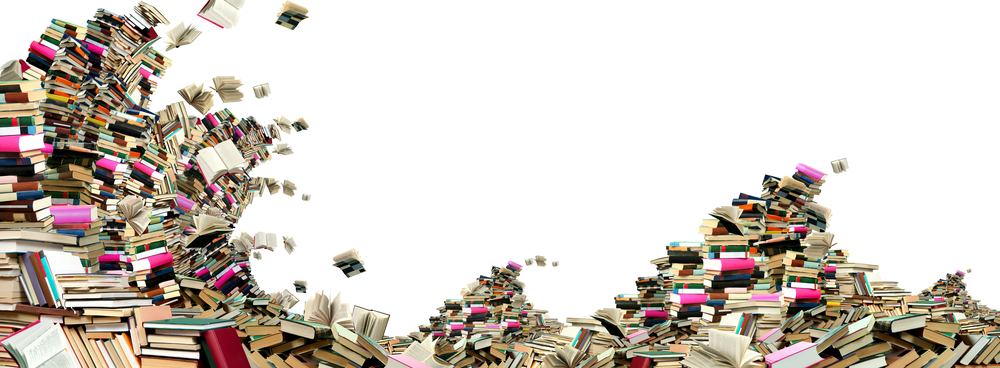So you’re an author. Whether published or aspiring, you’ve probably been crunching the numbers: your earn-out figure, your print run, and how long it’ll take to get your book on the market. But have you considered what those numbers mean for publishing as a whole? Luckily, there are lots of stats to bolster the indie author up! Let’s take a look at some:
1. 81% of Americans want to write a book. Writer Joseph Epstein shared this nugget at the beginning of the new millennium, and we can bet that that number still holds pretty close to true. You’ve got a book in you—now it’s just time to bring it out!
2. Self-pubbed books accounted for 31% of all e-book sales in the Kindle Store in 2014. Which just goes to show: if you’re indie, don’t discount your online fan base and ebook marketing!
3. 40% of all e-book revenue is going to indie authors. Even though their books only account for 31% of the landscape, indies are raking in more money, which means that their sales figures are higher than many of their traditional counterparts. Which brings us to …
4. Indie books represent 25% of books on Amazon’s e-book bestseller list. Readers aren’t nearly as prejudiced against indie books as they were even a few years ago, and their buying practices suggest it!
5. Smut isn’t keeping the indie boat afloat. Only a small portion of self-pubbed books sales are for erotica titles—1.2% in fact—which proves that you can indie publish successfully without writing a kissing book.
6. In Smashwords’ 2014 survey, they found that pricing your e-book at $.99 won’t make you rich. In fact, $2.99-3.99 is the sweet spot for a bestseller, and earn more in sales than books priced higher.
7. Think you can only release shorts and novellas on e-book? Think again. The bestselling books in e-book are usually over 100,000 words. Maybe because they’re easier to hold?
8. If you write non-fiction, try out bumping your prices. Your buyers aren’t as price-sensitive as fiction buyers, so be wary of undervaluing your work!
9. According to Bowker, 458,000 books were indie pubbed in 2013 in the US. That’s up 437% from 2008! The self-publishing ranks are growing, and with increasing number comes more exciting and innovative strategies to publish your perfect book.
10. It’s a good time to be a woman. Indie bestsellers are twice as likely to be written by a woman than traditionally published bestsellers. (67% versus 39%). Readers, do you have a guess as to why? Let us know in the comments!
Do you have any more indie figures to share? What’s your most inspirational statistic?


Great post! I would just point out that not all indies buy Bowker ISBNs as many use CreateSpace’s or Amazon’s ASINs for e-books, so the number of books indie pubbed in the US is probably much higher than that?
I’m hoping you can share the source for your statistics. I’d love to share this with all my writing orgs, but don’t feel it’s appropriate without attribution. Thanks!
If you click on the orange hyperlinks with each stat, it should link you to source from which it was grabbed!
Great article, thanks!
You said ‘Indie bestsellers are twice as likely to be written by a woman than traditionally published bestsellers. (67% versus 39%).’
Possibly because romance in all its forms accounts for a large percentage of ebooks sold. Romance readers read voraciously, and buy accordingly. And nearly all romance writers are women.
It’s a great time to be an indie romance writer!
The comment above says “nearly all romance writers are women.” This is true of indie writers. Most traditionally published romance writers are men writing under a prn name